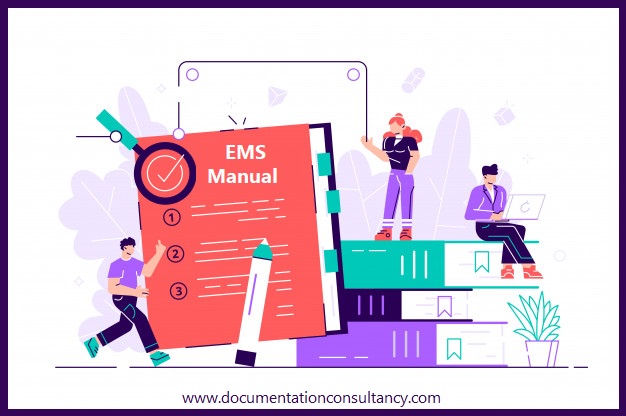The international standard ISO 14001 provides the requirements for a successful environmental management system (EMS). Instead of creating environmental performance requirements, it offers a framework that a business can use. Companies put in place an environmental management system to keep track of their best environmental practices, better meet the needs and expectations of their stakeholders, and enhance general management.
The sections of the manual are divided into groups that match those that comprise the sections of the ISO 14001:2015 environmental management system. The environmental management system, as well as the powers, connections, and duties of the staff members in charge of putting it into practice, are all explained in the manual. To ensure compliance with the ISO 14001 standard, the manual also includes all information that has been documented, as well as procedures, references, and actions that make up the environmental management system.
Internally, the ISO 14001 Manual Document is used to train staff members on the many ISO regulations that must be complied with and upheld to control or influence how the business runs to safeguard the environment and give essential guidance for continuous improvement. The purpose of the EMS Manual is to describe our Environmental Management System to clients, partners, and other interested parties. The Manual is intended to acquaint them with the controls that have been put in place and to reassure them that if they adhere to them, they will have a framework to protect the environment.
What could be included in an EMS manual?
The following four minor but essential components can quickly come together to create a helpful EMS manual:
- Scope of the EMS:The environmental management system's internal boundaries are specified by the EMS scope. The purpose is to specify and make clear the limitations of the entity to which the EMS will apply. This is crucial for businesses that are part of larger organizations because only one site may be covered by the EMS. Once the scope has been determined, all actions that fall under that scope must also be determined because they are a component of the EMS.
- Environmental policy: The company's recorded intentions to prevent pollution, comply with all applicable legal requirements, and continuously enhance the EMS are to be stated in the environmental policy. Since the policy communicates the organization's environmental aim, it gives the company's employees something to work for. As a reminder of the business' environmental goals for all employees, several companies additionally publish this information all over the premises.
- Roles, Responsibilities & Authorities: Some of the overall responsibilities may not be documented, even while the documentation for each process may include many of the roles, responsibilities, and authorities for the EMS processes. An illustration of this would be the duties, powers, and responsibilities of the environmental management system representative as outlined in Section 4.4.1's final paragraph of ISO 14001.
- EMS Elements & and their Interactions: Each business has unique operations, policies, and relationships with the environment. Therefore, it follows that the environmental management systems of the two businesses won't contain the same components, and even if they do, the components' interactions will be different. What, then, are the primary components of your particular EMS, and how do they interact? If this is how you decide to record the information, describing it can be as easy as making a flow chart.


No comments yet